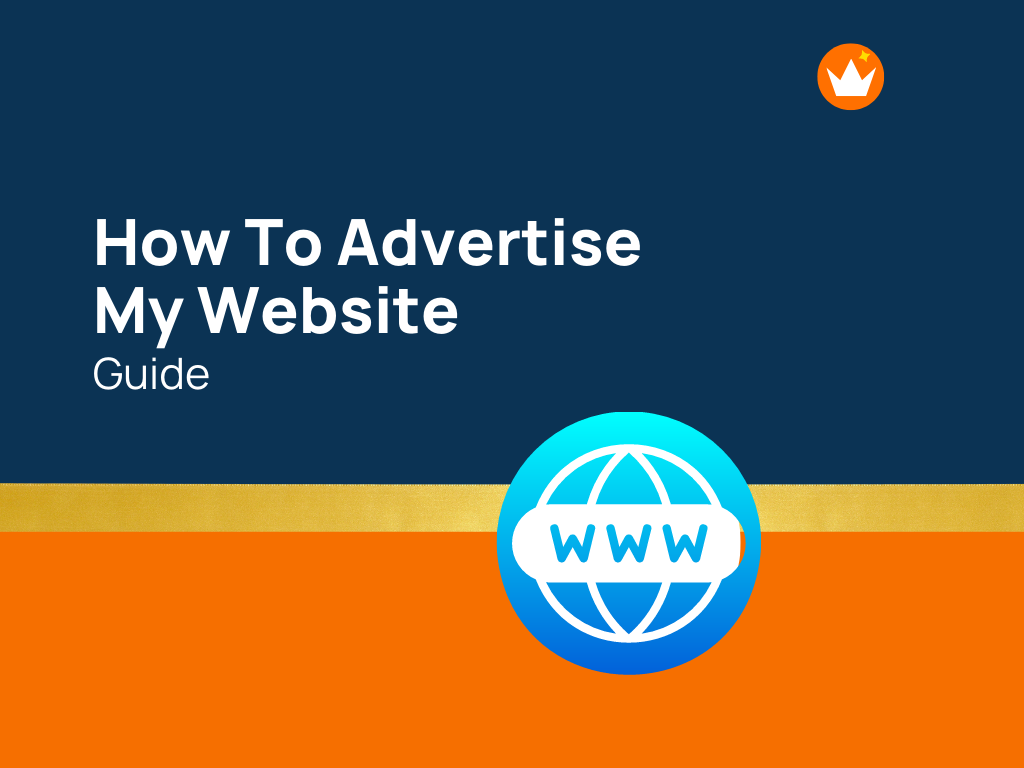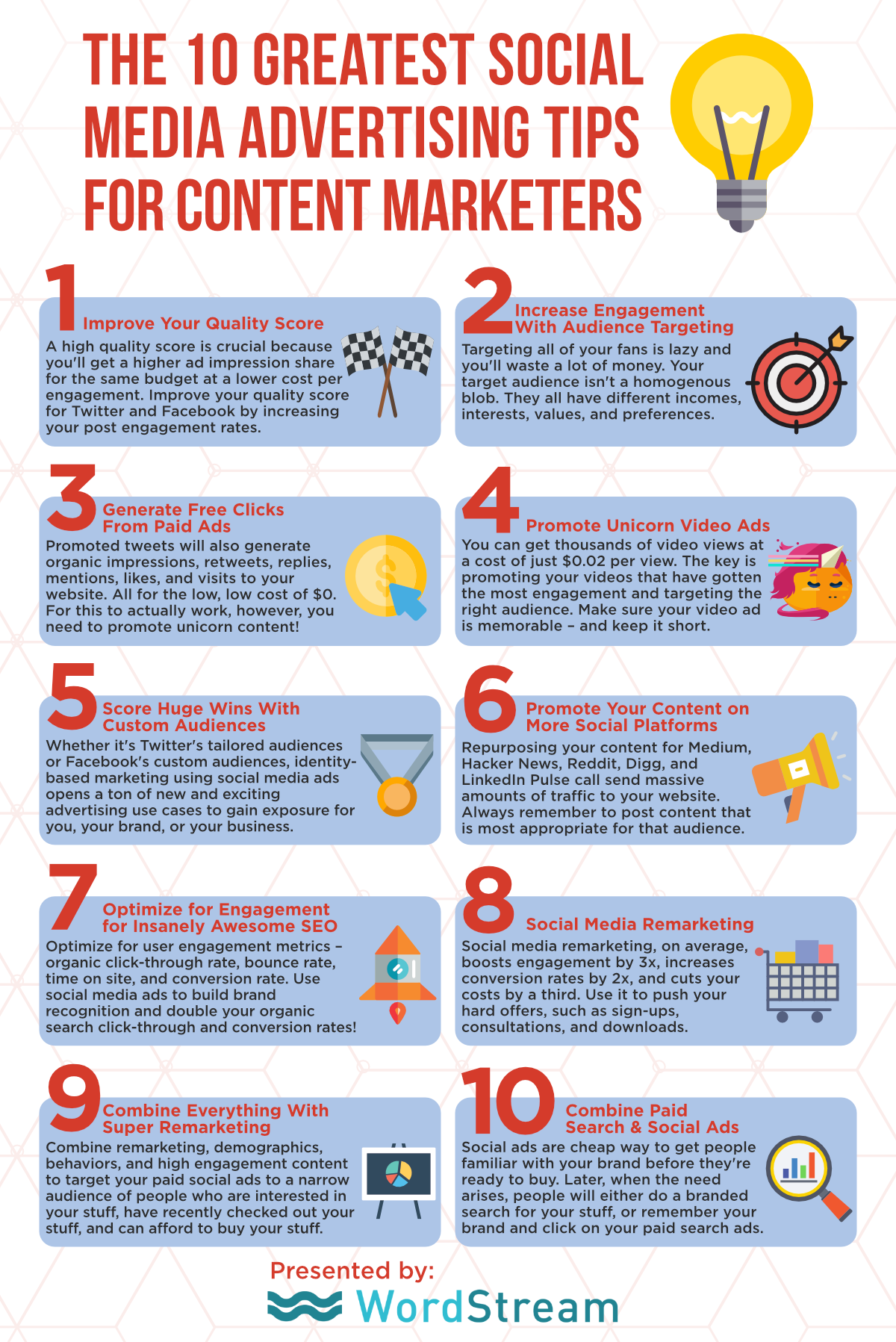Unlock Your Website's Potential: 10 Best Ways To Promote It Online
Table of Contents:
- Introduction
- 1. Build a Strong SEO Foundation
- 2. Master Content Marketing
- 3. Leverage Social Media Power
- 4. Harness the Power of Email Marketing
- 5. Explore Paid Advertising
- 6. List Your Website in Online Directories
- 7. Embrace Guest Blogging and Backlinks
- 8. Host Webinars or Appear on Podcasts
- 9. Engage in Online Communities
- 10. Analyze and Refine Constantly
- Conclusion
Introduction
In today's hyper-connected digital landscape, simply having a website isn't enough; you need to actively promote it to reach your target audience. Learning the best way to promote website is crucial for anyone looking to increase brand awareness, drive traffic, and ultimately, achieve their online goals. With so many tactics on offer, learning how to promote your website can be overwhelming at times, but the good news is that there are many website promotion techniques you can do on your own, even if you're just starting out.
Whether you're a small business owner, a budding blogger, or an e-commerce entrepreneur, understanding how to promote your website online is a skill that will pay dividends. There are simple, effective, and free strategies that anyone — even beginners — can use to promote their website and start seeing results. In this comprehensive guide, we're sharing tips on using various proven techniques that work together to create a steady stream of targeted visitors. By the end of this article, you’ll have a clear understanding of 10 powerful ideas that you can implement immediately. Read on to discover the 10 best ways to promote your website, many of which are free or low-cost, to increase brand awareness and conversion rates.
- 5 Movierulz 2025
- Mkvcinemas Point
- Hot Web Series Online Watch
- Subhasree Sahu Viral Mms
- Luxmovies New Website
1. Build a Strong SEO Foundation
When discussing the best way to promote website, it's impossible to overlook Search Engine Optimization (SEO). SEO, or Search Engine Optimization, is one of the most effective ways to drive organic, targeted traffic to your site. It involves optimizing your website to rank higher in search engine results pages (SERPs) like Google, Bing, and Yahoo. The higher your ranking, the more visibility your website gets, leading to more clicks and potential customers. However, we’d recommend starting with search engine optimization.
Optimizing your site for SEO isn't a one-time task; it's an ongoing process that involves several key components. From optimizing your technical SEO foundation to building engaged social media communities, these proven techniques work together to create a steady stream of targeted visitors.
On-Page SEO: Optimizing Your Content
On-page SEO refers to all the elements on your website that you can optimize to improve your search engine rankings. This includes:
- Keyword Research: This is the bedrock of any successful SEO strategy. Identify the terms and phrases your target audience uses when searching for information, products, or services related to your niche. Tools like Google Keyword Planner, Ahrefs, Semrush, or even simple Google searches with "people also ask" sections can help you uncover valuable keywords with good search volume and manageable competition. Focus on a mix of short-tail (broad) and long-tail (specific) keywords.
- Content Quality and Relevance: Google's primary goal is to provide users with the most relevant and high-quality answers to their queries. Therefore, your content must be informative, engaging, well-researched, and directly address user intent. Aim for depth and comprehensive coverage of your chosen topics, demonstrating genuine expertise. Long-form content (1000+ words) often performs well because it allows for more detailed explanations and keyword integration.
- Title Tags and Meta Descriptions: These are the first things users see in search results. Craft compelling title tags (the clickable headline) and meta descriptions (the short summary below the title) that include your main keywords and entice users to click. They should accurately reflect your page's content and act as a mini-advertisement for your page.
- Header Tags (H1, H2, H3, etc.): Use header tags to structure your content logically, making it easy for both users and search engines to understand your article's hierarchy and main points. Your H1 should be your main topic, and subsequent H2s and H3s should break down subtopics. Include keywords naturally within these headings to signal content relevance.
- Image Optimization: Images enhance user experience, but they can slow down your site if not optimized. Compress images for faster loading times without sacrificing quality. Crucially, use descriptive alt text (alternative text) for all images. Alt text helps search engines understand the image content and is vital for accessibility for visually impaired users. Include relevant keywords in your alt text where appropriate.
- Internal Linking: Link relevant pages within your own website. This helps distribute "link equity" (or "PageRank") throughout your site, guides users to more content, and signals to search engines the relationship between different pages. It also keeps users on your site longer, improving engagement metrics.
Technical SEO: The Backbone of Visibility
Technical SEO ensures that search engines can easily crawl, index, and understand your website. It's the foundation upon which your content and other promotional efforts stand:
- Website Speed: A fast-loading website is paramount for both user experience and SEO. Studies consistently show that users abandon sites that take too long to load. Google also uses page speed as a ranking factor. Use tools like Google PageSpeed Insights, GTmetrix, or Pingdom to identify and fix issues slowing down your site, such as large images, unoptimized code, or slow hosting.
- Mobile-Friendliness: With the vast majority of internet users accessing content on mobile devices, having a responsive and mobile-friendly website is non-negotiable. Google has adopted mobile-first indexing, meaning it primarily uses the mobile version of your content for indexing and ranking. Ensure your site adapts seamlessly to various screen sizes and offers an excellent mobile experience.
- XML Sitemaps: An XML sitemap is a file that lists all the important pages on your website, helping search engines crawl and index your site more efficiently. Submit an XML sitemap to search engines



Detail Author:
- Name : Parker Grimes II
- Username : monique74
- Email : mitchell.genoveva@ledner.biz
- Birthdate : 1992-11-16
- Address : 843 Annabelle Manors Apt. 391 Dickitown, VA 54058
- Phone : 925.753.6138
- Company : Welch Ltd
- Job : Tractor Operator
- Bio : Voluptatem et fuga voluptas consectetur dolores. Dolor aspernatur sint iure cumque. Et impedit beatae fugiat omnis magni hic et. Assumenda officia reprehenderit facere praesentium.
Socials
twitter:
- url : https://twitter.com/eldadaniel
- username : eldadaniel
- bio : Est unde dignissimos voluptas esse quia officiis. Vero rerum rerum quia molestiae. Dolor explicabo molestiae iusto aut odit qui quisquam.
- followers : 1467
- following : 807
facebook:
- url : https://facebook.com/elda9677
- username : elda9677
- bio : At aliquid quidem accusamus accusantium labore facere.
- followers : 3425
- following : 195
linkedin:
- url : https://linkedin.com/in/elda6078
- username : elda6078
- bio : Autem beatae eum ut voluptates.
- followers : 3690
- following : 2192
instagram:
- url : https://instagram.com/elda1216
- username : elda1216
- bio : Asperiores laudantium libero suscipit. Nam reiciendis esse delectus laboriosam nulla.
- followers : 5455
- following : 2393